Only two names dominate the entire market when it comes to building a strong business network; these two names that pop up instantly are: TP-Link Omada vs Ubiquiti UniFi. Both of them are from platforms well known for their optimum delivery, reliability, expandability, and very cost-effective WiFi solutions, but which one of them is truly the best enterprise WiFi solution?
In this blog post, we will break down the major differences between the two, covering performance, pricing, dependability, and overall ease of use. By the end of it, you’ll know which solution better fits your business.
Why Compare TP-Link Omada and Ubiquiti UniFi?
Businesses can’t afford the risk that comes with weak connectivity. Whether you’re managing a small office, a growing startup, or a large corporate environment, choosing the perfect Wi-Fi system can directly impact your productivity and security in a positive way.
Both the UniFi and Omada are made with a specific design, mainly with a focus on enterprises in mind, offering a centralized management system, access point for adaptability that is needed in the future, and advanced features like VLAN support, guest network, and cloud control. If you’re looking for reliable business networking solutions, selecting the right platform is the first step toward building a secure and scalable IT environment.
Feature Comparison at a Glance
Here’s a quick table comparing the two platforms, Ubiquiti UniFi vs TP-Link Omada:
| Feature | TP-Link Omada | Ubiquiti UniFi |
| Management | Omada Cloud Controller (hardware/software/cloud-based options) | UniFi Controller (cloud key, software, or UniFi Dream Machine) |
| Performance | Consistent speeds with Wi-Fi 6/6E models | Excellent speeds with advanced hardware (Wi-Fi 6/7) |
| Reliability | Stable connections, budget-friendly enterprise-grade | Highly reliable, widely adopted worldwide |
| Pricing | Lower overall cost, subscription-free | Competitive but higher upfront investment |
| Adaptability | Great for SMBs and enterprises | Flexible for SMBs to large campuses |
TP-Link Omada: Affordable Enterprise Wi-Fi
Well, TP-Link’s Omada system is getting famous day by day because of its balance between affordability and enterprise-level features. It offers both on-premises and cloud management options, making it flexible for different business types with IT infrastructures.
Key Strengths Include:
- Budget-friendly without cutting corners on performance.
- Easy deployment with plug-and-play access points.
- Great for small-to-medium enterprises looking to scale.
You can explore Omada’s high-performance products, like the
These models deliver fast speeds, seamless roaming, and strong security features. When it comes to TP-Link Omada vs UniFi performance, Omada holds its ground well, especially for businesses seeking cost-effectiveness without sacrificing quality.
Ubiquiti UniFi: Feature-Rich and Reliable
Ubiquiti UniFi on the other hand, is also a very famous and trusted name globally in enterprise networking. Which is known for its very elegant designs, strong firmware, and community-driven development, UniFi appeals to IT managers who want adaptability and professional-level performance.
Key Strengths Include:
- Highly reliable with robust firmware updates.
- Wide product range covering Wi-Fi, security gateways, and switches.
- Ideal for enterprises, hotels, schools, and campuses.
Some of the very powerful ones that are popular for some reason are UniFi accessories, including the
- Ubiquiti nHD Camo Cover (3-Pack)
- Ubiquiti nHD Cover Fabric (3-Pack)
- Ubiquiti nHD Cover Marble (3-Pack).
When it comes to Ubiquiti UniFi vs TP-Link Omada reliability, UniFi edges slightly ahead due to its proven track record and strong global adoption.
UniFi vs Omada Pricing Comparison
One of the most common questions asked about both platforms is their price comparison and range. One of the biggest factors in the UniFi vs Omada pricing comparison is long-term cost.
- TP-Link Omada:
Generally, more affordable. Access points and controllers are cheaper, and TP-Link does not require mandatory subscriptions for its cloud service.
- Ubiquiti UniFi:
More expensive upfront, but offers advanced hardware features and integrations. UniFi products also come with a large support community and long-term value.
If budget is your priority and you are looking for a platform that is more cost-efficient, then Omada wins. But if your business is aiming for premium adaptability, UniFi may be worth the extra investment for he long-term achievements.
Which One Should You Choose?
Preferring between TP-Link Omada vs Ubiquiti UniFi depends entirely on your business needs and goals:
- Go for TP-Link Omada if: You’re a small-to-medium business looking for cost-effective, easy-to-place, and stable Wi-Fi solutions.
- Choose Ubiquiti UniFi if: You’re an enterprise or campus environment needing highly adaptable, feature-rich, and globally trusted systems.
If you want to learn more about setting up UniFi, check out our detailed guide on How to Do a Smooth Ubiquiti UniFi Setup for Your Network.
Final Thoughts
Both TP-Link Omada and Ubiquiti UniFi stand out as leaders in the enterprise needs and demands for Wi-Fi. Omada offers unbeatable value for budget-conscious businesses, aka new setups or the beginning of business, while UniFi delivers top-tier reliability and performance.
By the end of the day, the best enterprise Wi-Fi solution is the one that balances your business’s needs, budget, and growth plans.
Ready to upgrade your business Wi-Fi? Visit Spoglink and explore our wide range of enterprise networking products today!

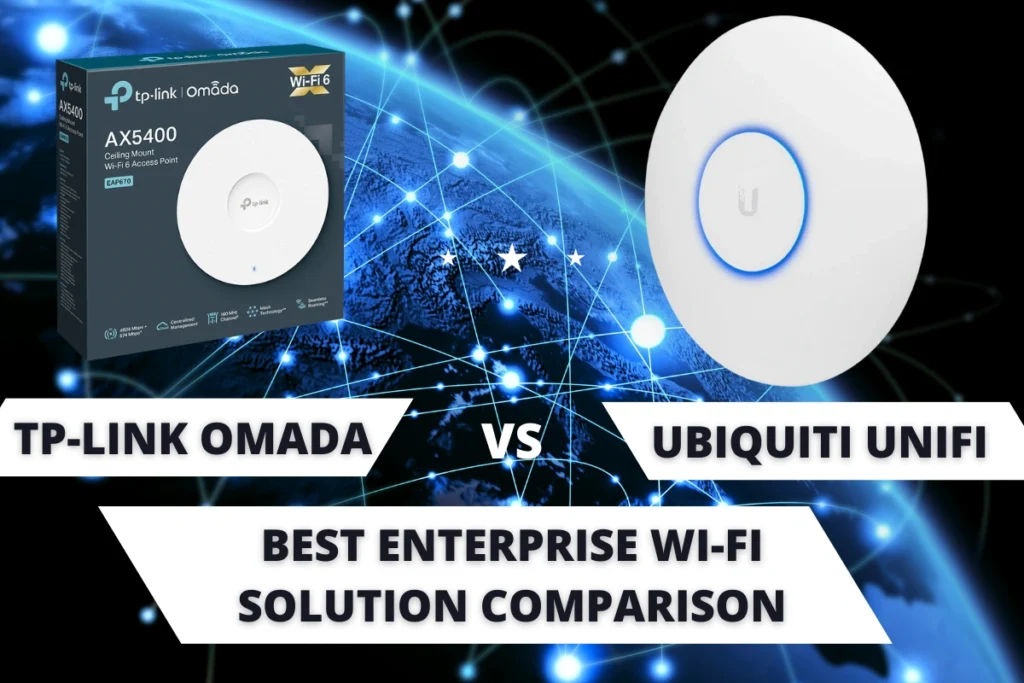
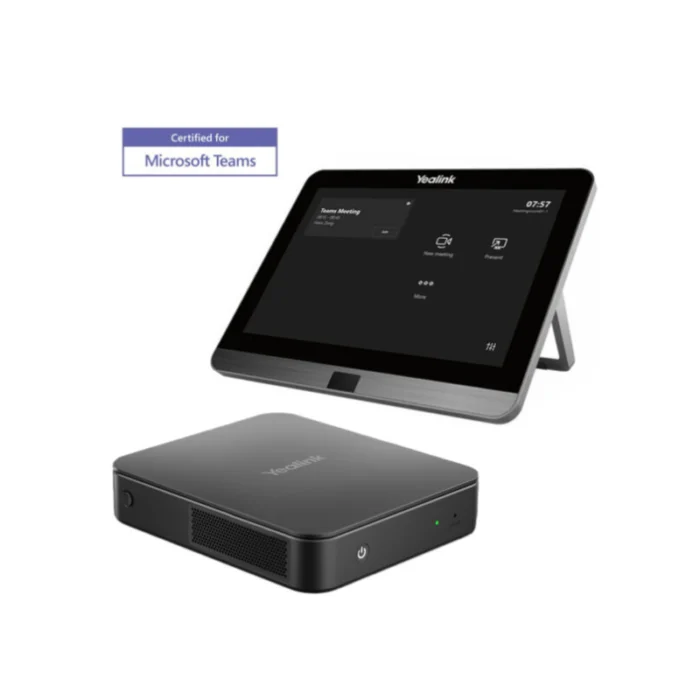
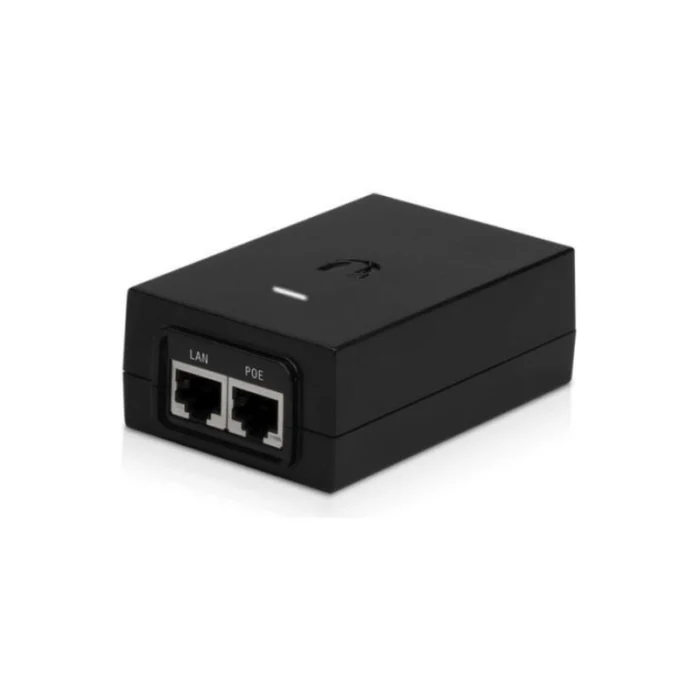

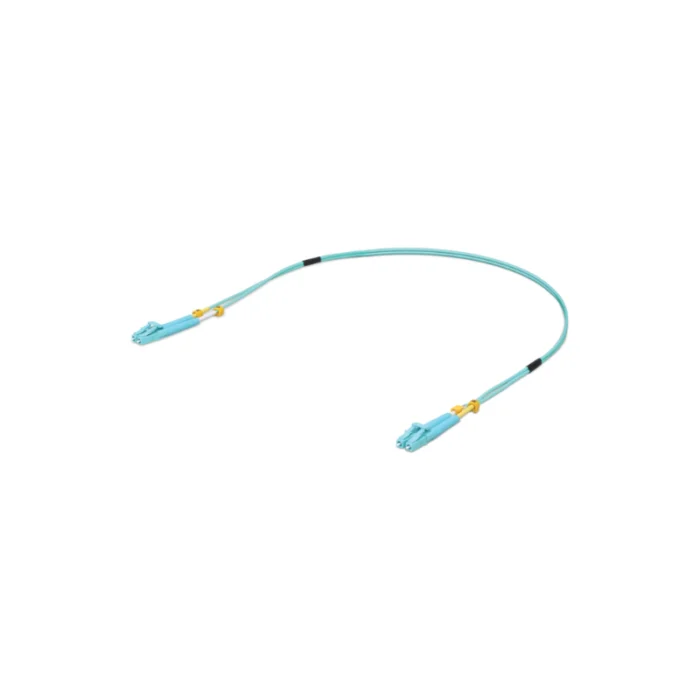
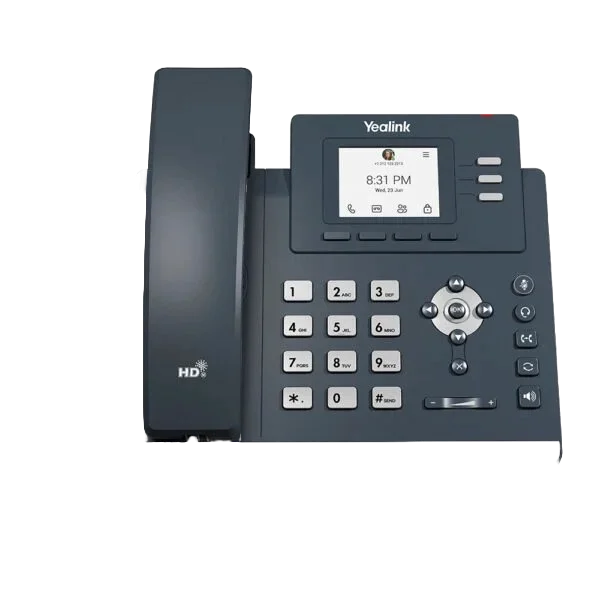

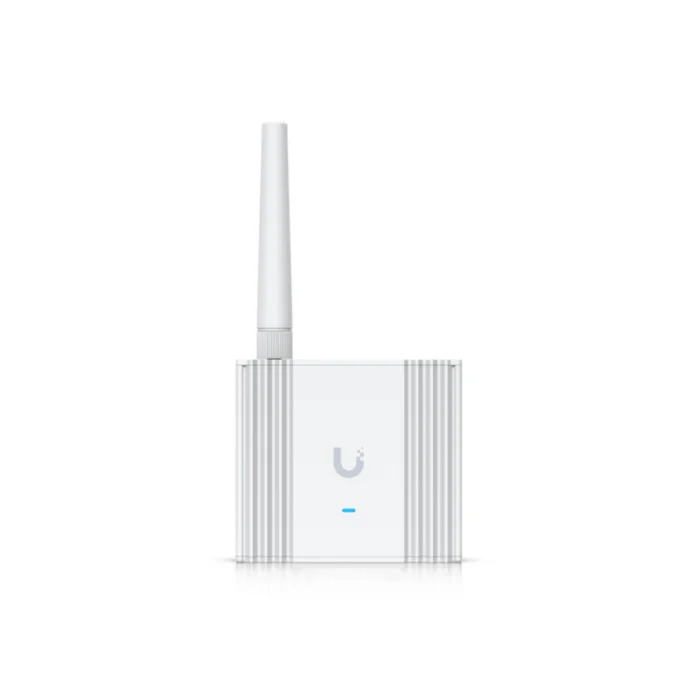

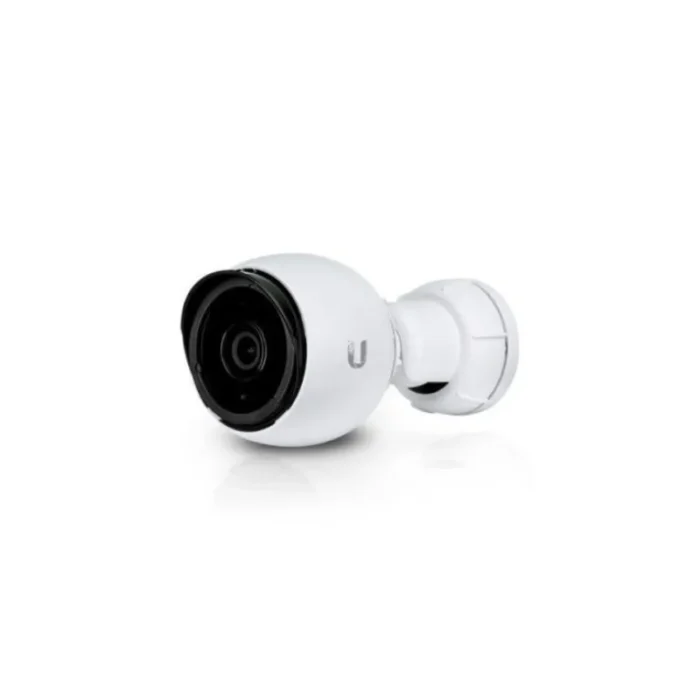
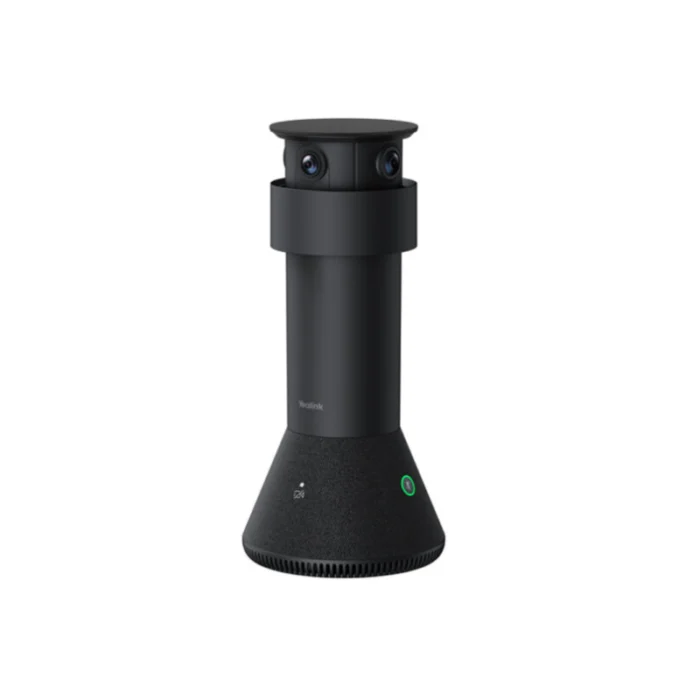



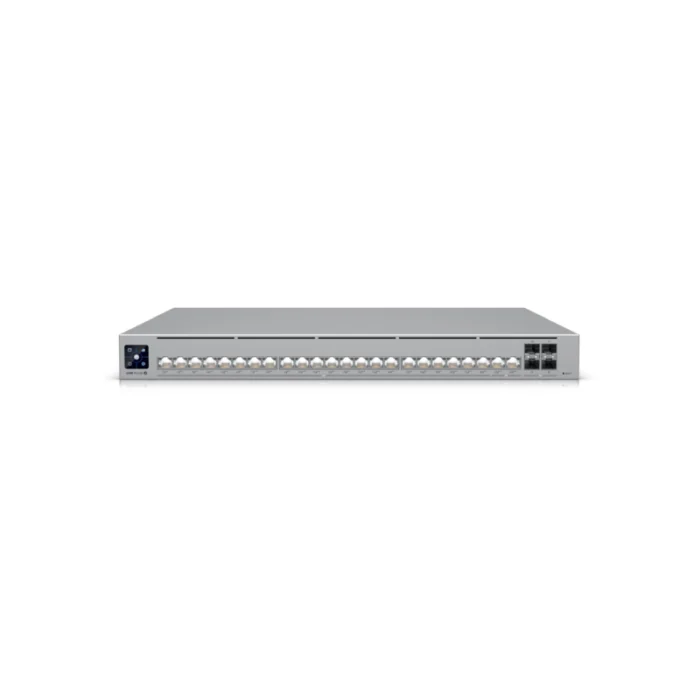 Ubiquiti USW-Pro-HD-24
Ubiquiti USW-Pro-HD-24  Yealink 5V 1.2A Power Supply – 330000011036
Yealink 5V 1.2A Power Supply – 330000011036 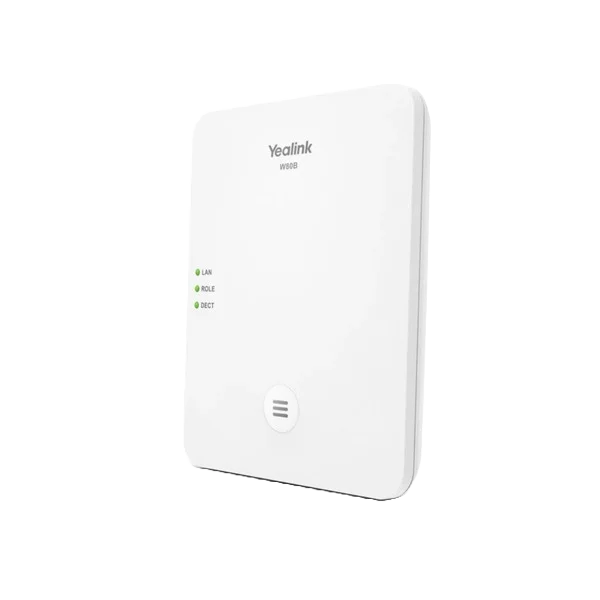 Yealink W80DM – 1302013
Yealink W80DM – 1302013 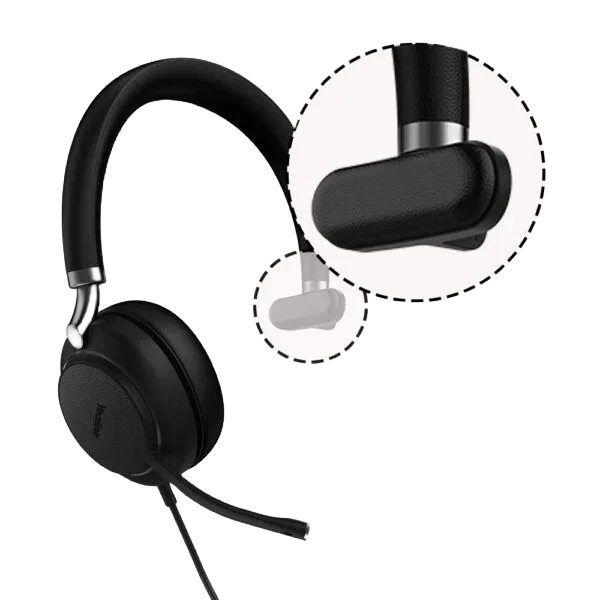 Yealink Headband Side cushion of the UH38 Mono (5 PCS) – 331100600001
Yealink Headband Side cushion of the UH38 Mono (5 PCS) – 331100600001  Yealink A40-010 –1206675
Yealink A40-010 –1206675 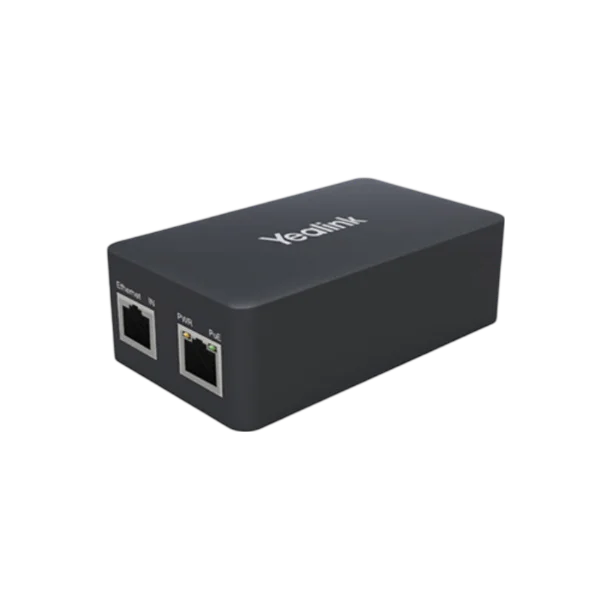 Yealink YLPOE30 – 330000030000
Yealink YLPOE30 – 330000030000  Yealink Table support for T52S/T54S/T56A/T58A/T58V/T56B/T57W/T58B/MP58
Yealink Table support for T52S/T54S/T56A/T58A/T58V/T56B/T57W/T58B/MP58 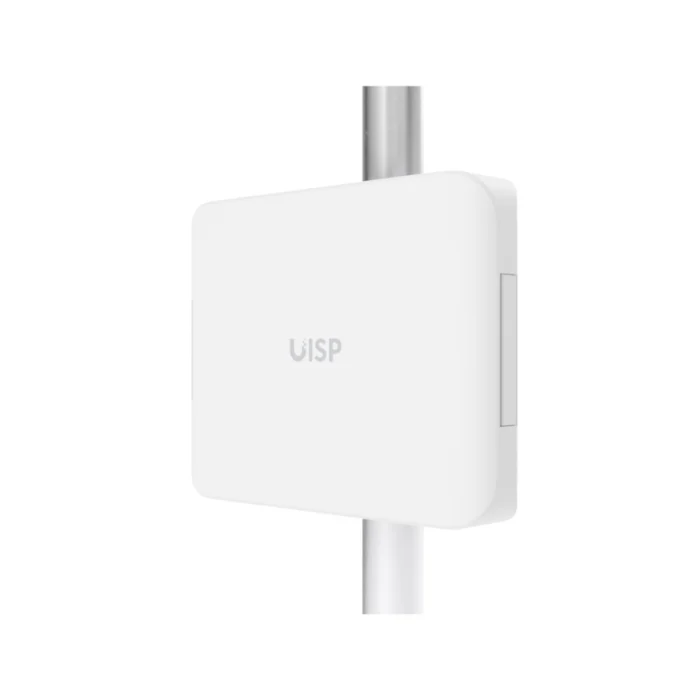 Ubiquiti UISP-Box-Plus UISP Box Plus
Ubiquiti UISP-Box-Plus UISP Box Plus 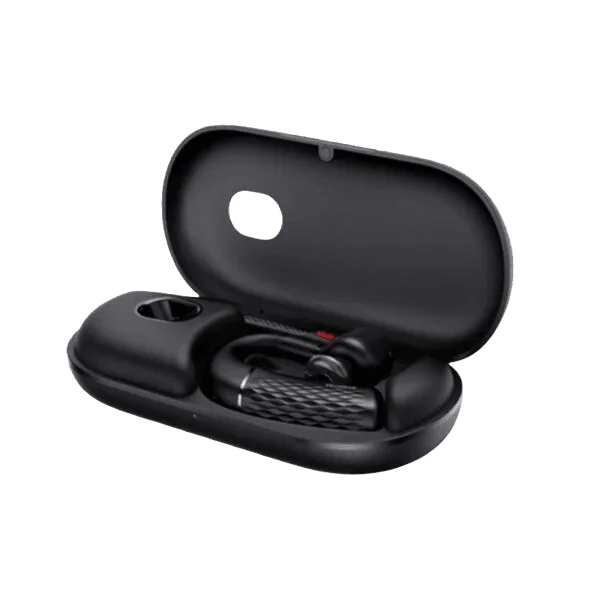 Yealink BH71 v1 – 1208651
Yealink BH71 v1 – 1208651 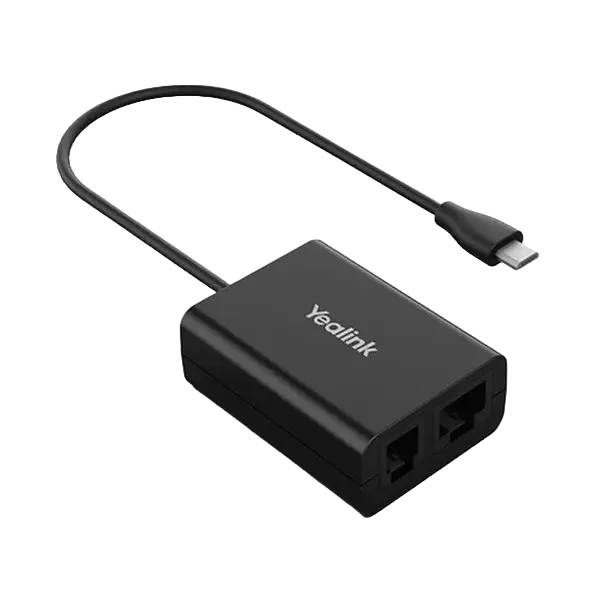 Yealink EHS61 – 1308113
Yealink EHS61 – 1308113  Snom M18 KLE – SIP DECT 4-Line Deskset
Snom M18 KLE – SIP DECT 4-Line Deskset 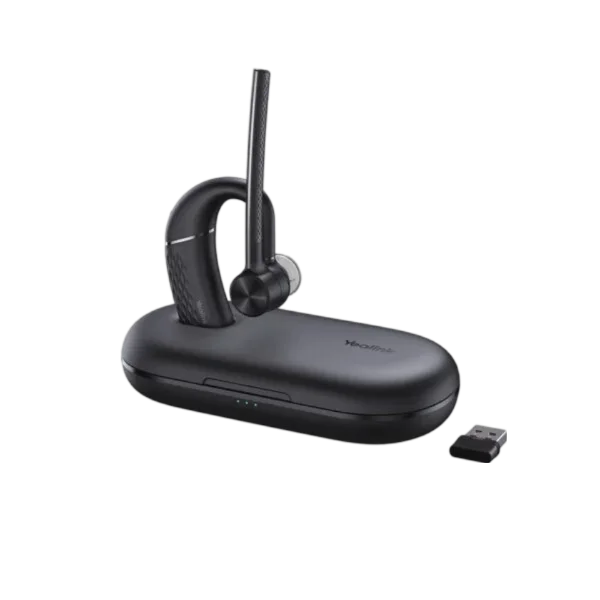 Yealink BH71 Pro v1 – 1208652(V1)
Yealink BH71 Pro v1 – 1208652(V1) 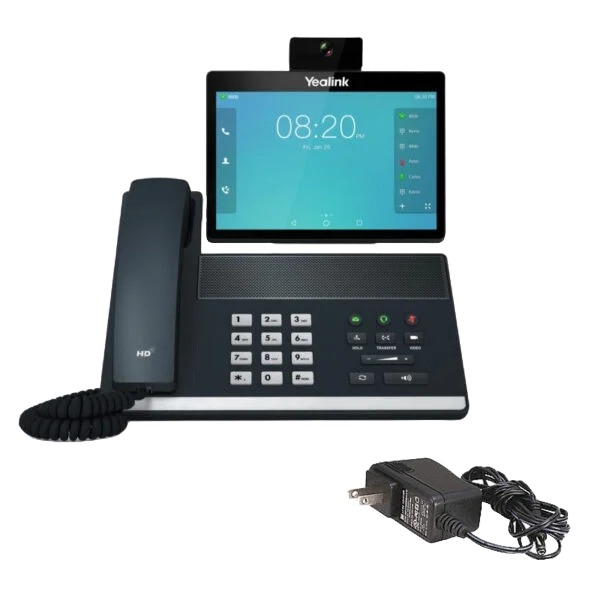 Yealink VP59 with Power Supply – 1303050
Yealink VP59 with Power Supply – 1303050  Yealink BH70 Dual UC USB-A – 1208664
Yealink BH70 Dual UC USB-A – 1208664 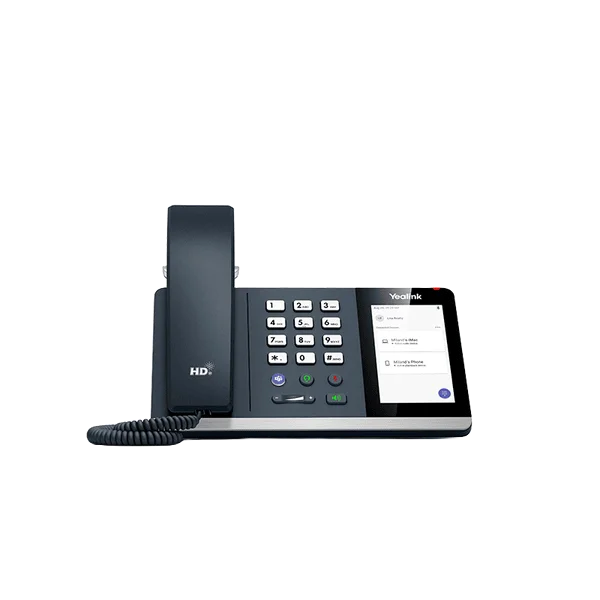 Yealink MP50 – 1301110
Yealink MP50 – 1301110 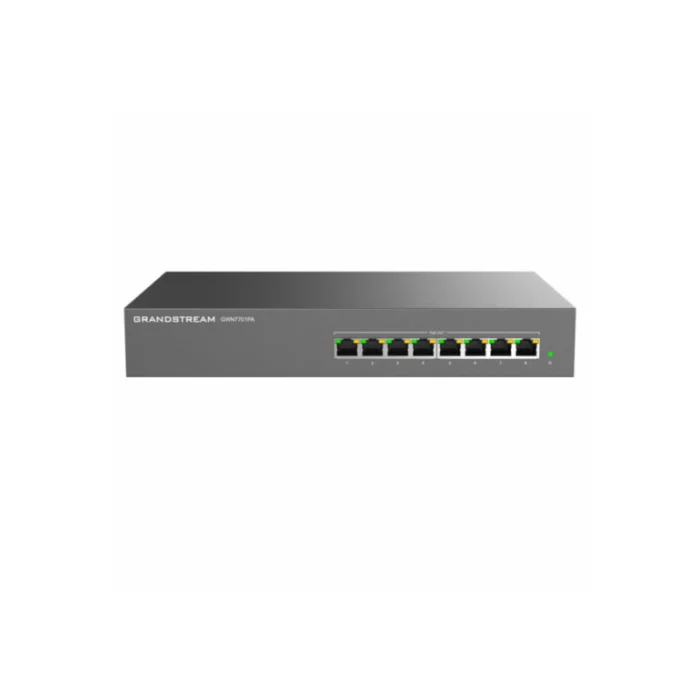 Grandstream GWN7701PA
Grandstream GWN7701PA  Ubiquiti R5AC-Lite Rocket ac Lite
Ubiquiti R5AC-Lite Rocket ac Lite  Yealink WH66 Mono Teams V2 – 1308002
Yealink WH66 Mono Teams V2 – 1308002  Grandstream GXP1782
Grandstream GXP1782  TP-Link POE260S
TP-Link POE260S  TP-Link SG3452XP
TP-Link SG3452XP 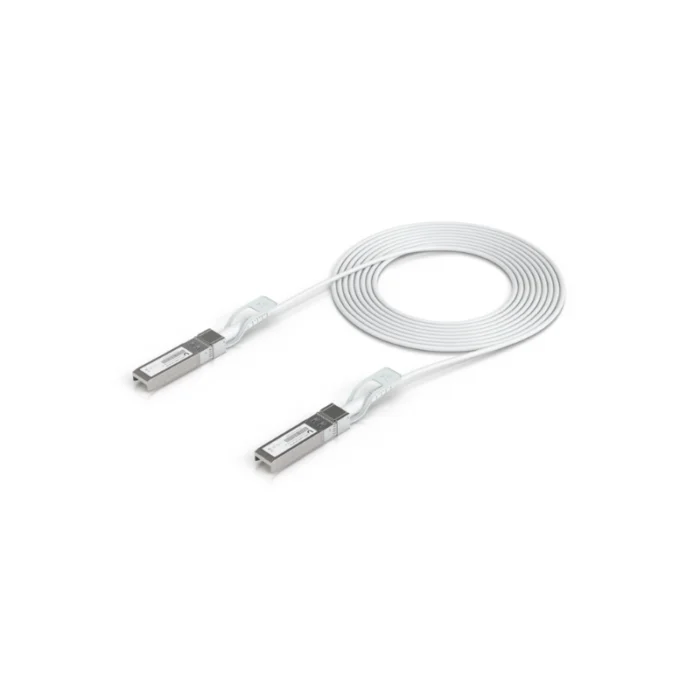 Ubiquiti UACC-Uplink-SFP28-3M DAC Cable
Ubiquiti UACC-Uplink-SFP28-3M DAC Cable  TP-Link TL-SG108
TP-Link TL-SG108  Yealink WH63 Teams – 1308004
Yealink WH63 Teams – 1308004  Yealink MVC400-C4-000 – 1106992
Yealink MVC400-C4-000 – 1106992 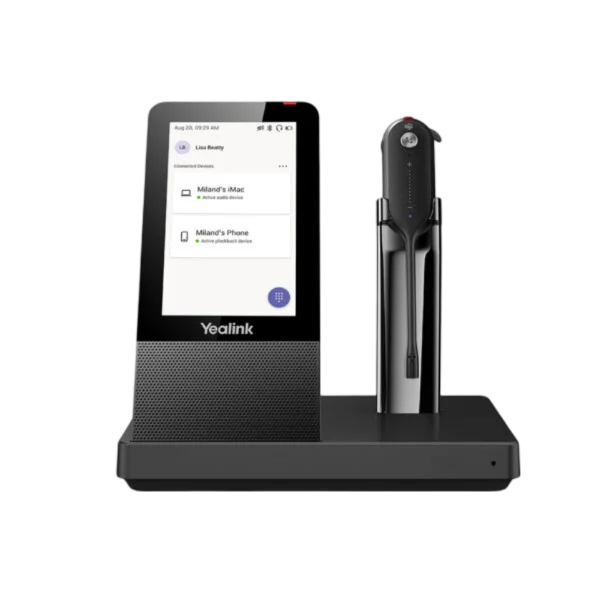 Yealink WH67 Teams – 1308040
Yealink WH67 Teams – 1308040 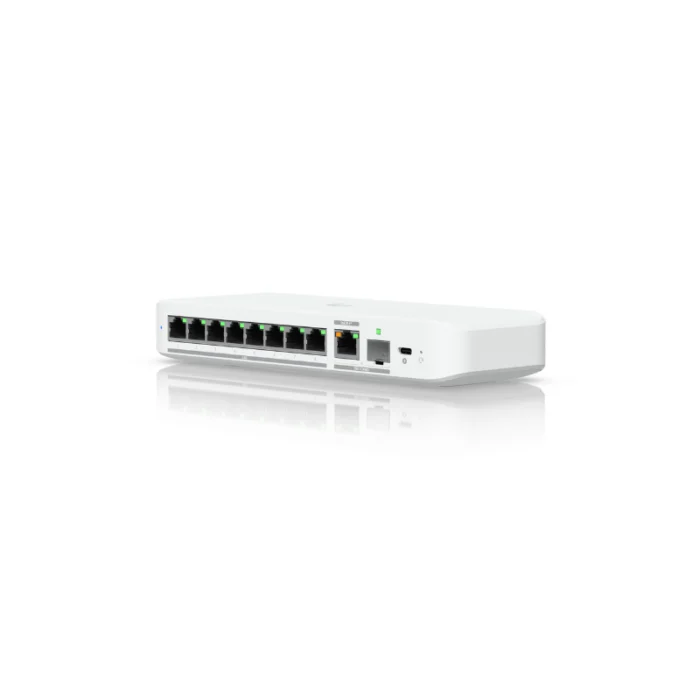 Ubiquiti USW-Flex-2.5G-8 UniFi Switch
Ubiquiti USW-Flex-2.5G-8 UniFi Switch  Yealink AX83H Wi-Fi Phone – 1301013
Yealink AX83H Wi-Fi Phone – 1301013  Grandstream GXP1610
Grandstream GXP1610 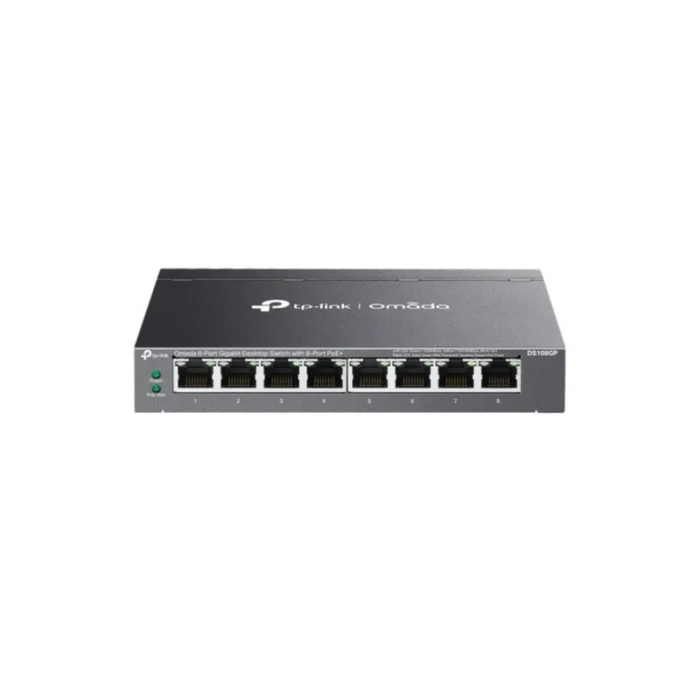 TP-Link DS108GP
TP-Link DS108GP  Grandstream GXW4248
Grandstream GXW4248 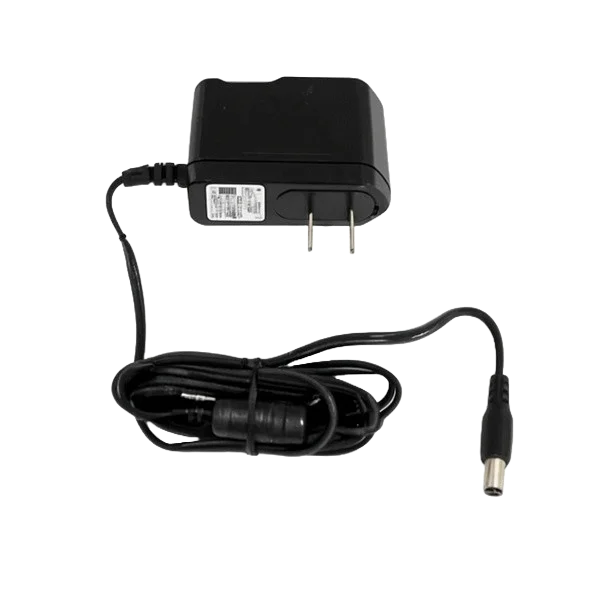 Yealink 5V 0.6A Power Supply – 330000010045
Yealink 5V 0.6A Power Supply – 330000010045 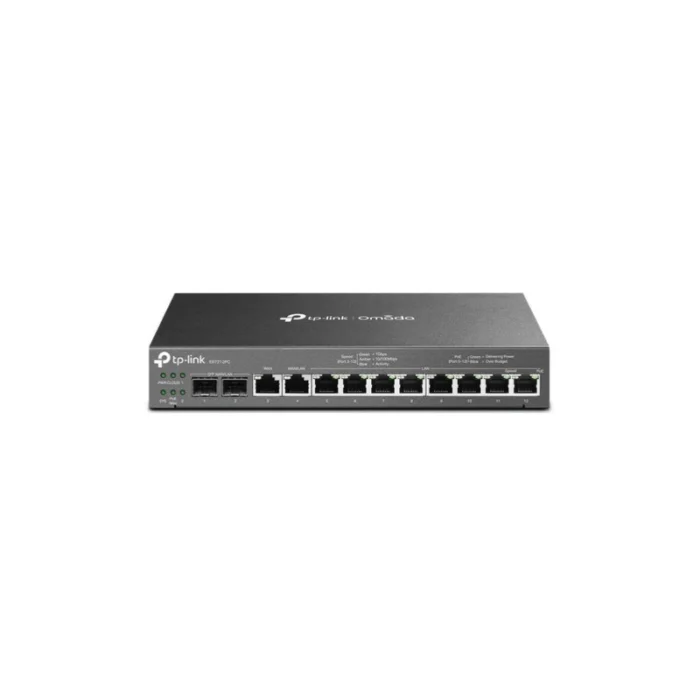 TP-Link ER7212PC
TP-Link ER7212PC  Grandstream GWN7605
Grandstream GWN7605  Grandstream GCC6011
Grandstream GCC6011  Wall Mount for Grandstream GXP17xx
Wall Mount for Grandstream GXP17xx 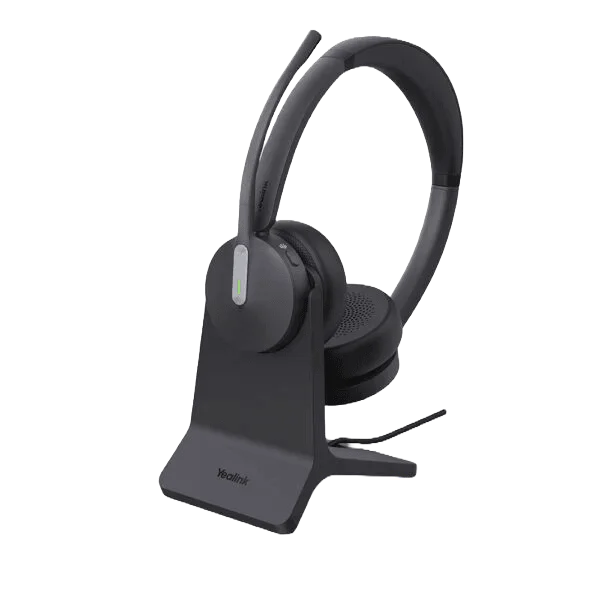 Yealink BH70 Dual with Stand Teams USB-A – 1208693
Yealink BH70 Dual with Stand Teams USB-A – 1208693 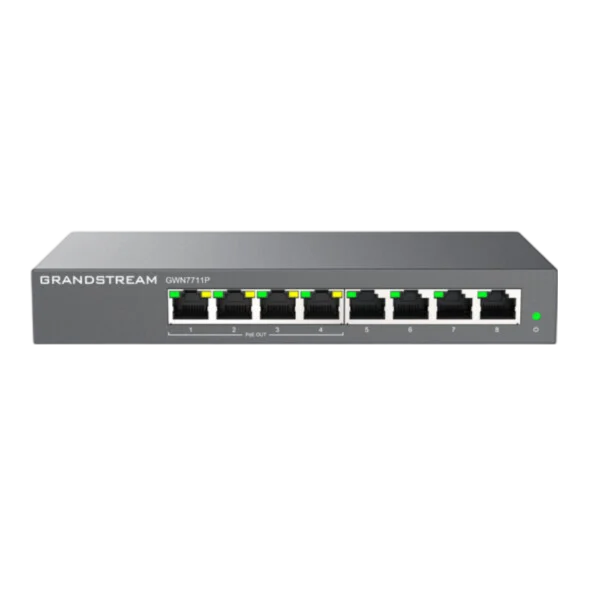 Grandstream GWN7711P
Grandstream GWN7711P  Grandstream GWN7661
Grandstream GWN7661 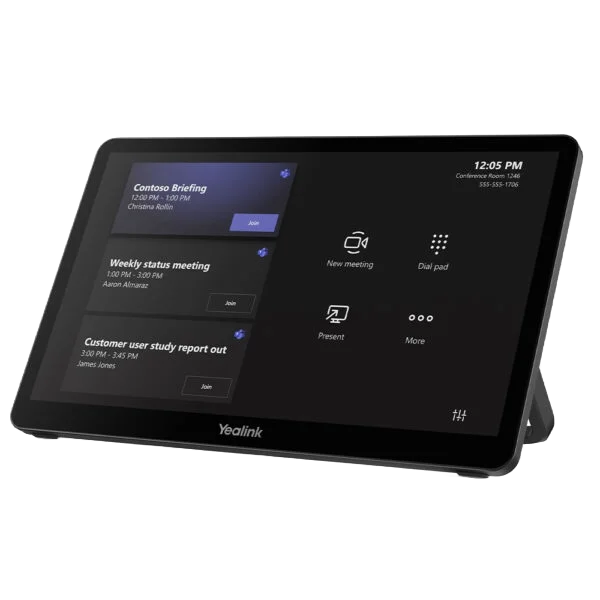 Yealink MTouch Plus-EX Package – 1303092
Yealink MTouch Plus-EX Package – 1303092  Ubiquiti AI Theta Audio Extension Cable 10m
Ubiquiti AI Theta Audio Extension Cable 10m  Yealink W80B DECT IP Multi-Cell Base Station
Yealink W80B DECT IP Multi-Cell Base Station 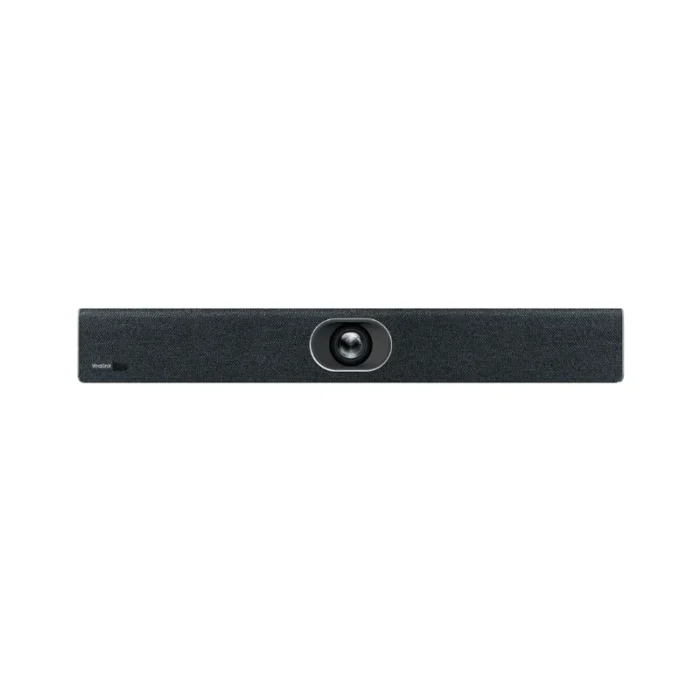 Yealink UVC40 – 1206607
Yealink UVC40 – 1206607  Grandstream GRP2624
Grandstream GRP2624  Grandstream GWN7660E
Grandstream GWN7660E  Grandstream GWN7801P
Grandstream GWN7801P 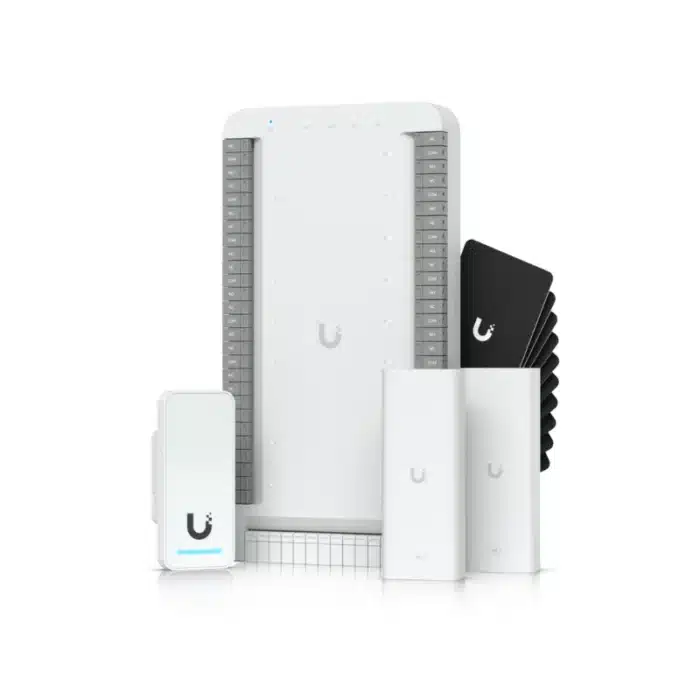 Ubiquiti Elevator Starter Kit
Ubiquiti Elevator Starter Kit 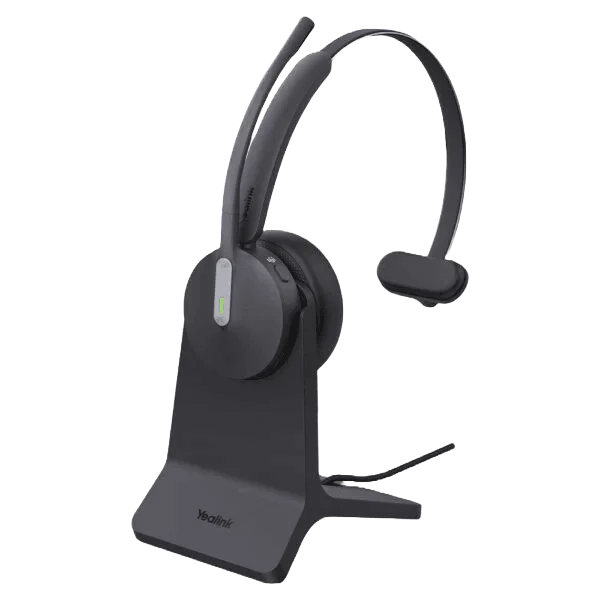 Yealink BH70 Mono with Stand Teams USB-A – 1208694
Yealink BH70 Mono with Stand Teams USB-A – 1208694  TP-Link TL-POE170S
TP-Link TL-POE170S 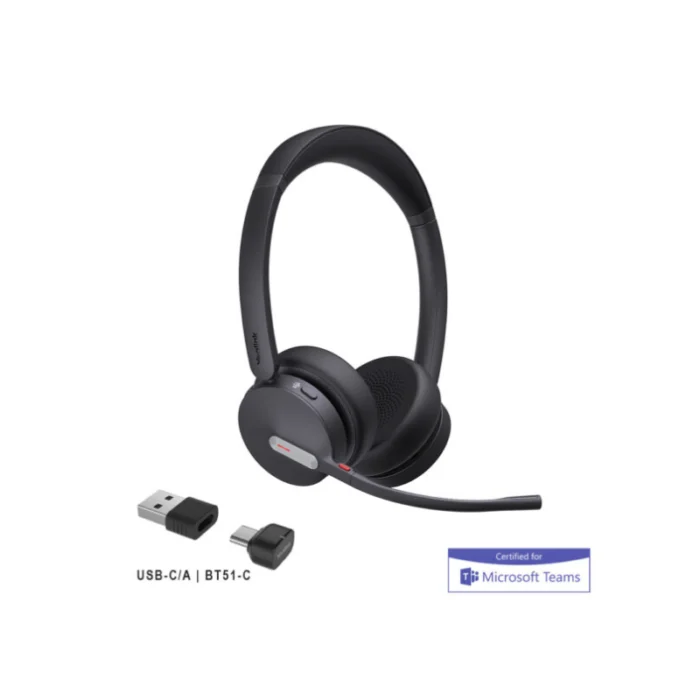 Yealink BH70 Dual Teams – 1208703
Yealink BH70 Dual Teams – 1208703 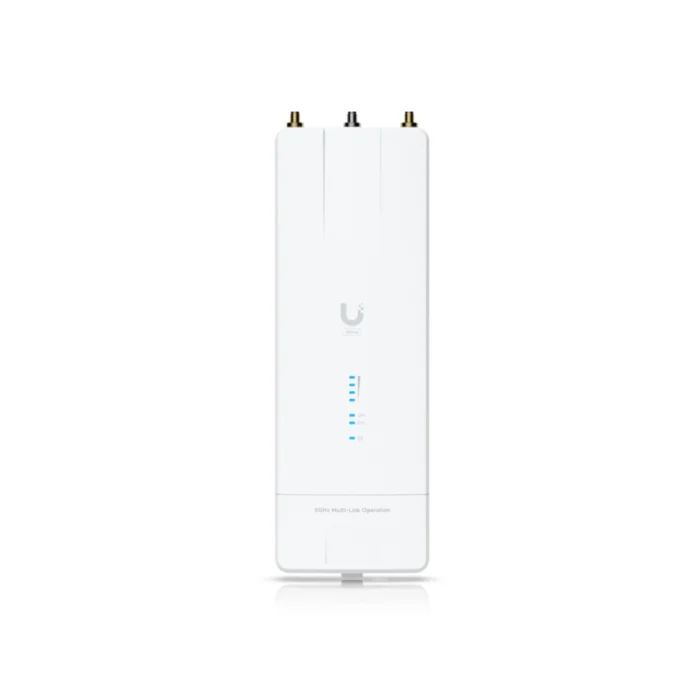 Ubiquiti Wave MLO5
Ubiquiti Wave MLO5 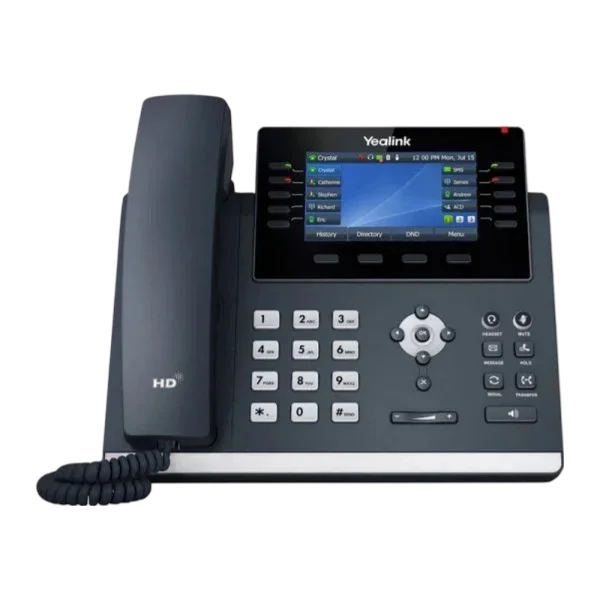 Yealink SIP-T46U – 1301203
Yealink SIP-T46U – 1301203  Grandstream GRP2602G
Grandstream GRP2602G  Grandstream GWN7660ELR
Grandstream GWN7660ELR  TP-Link POE380S
TP-Link POE380S  Yealink A40-031 – 1206676
Yealink A40-031 – 1206676  Yealink WH64 Hybrid Mono Teams – 1208687
Yealink WH64 Hybrid Mono Teams – 1208687 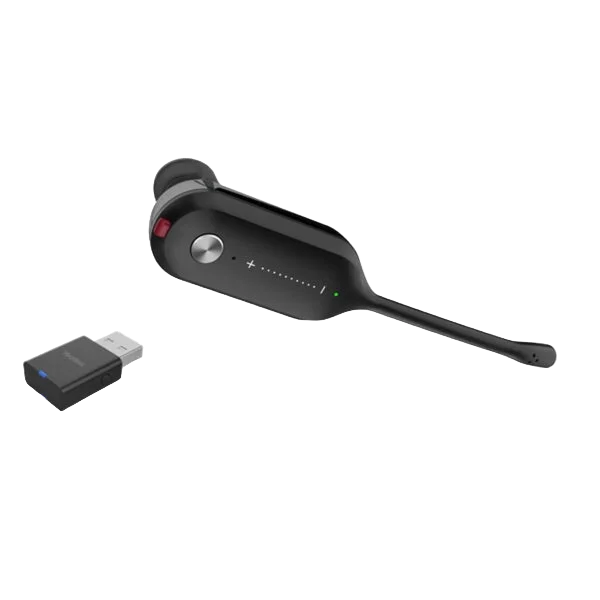 Yealink WH63 Portable UC – 1208646
Yealink WH63 Portable UC – 1208646  Grandstream GDS37x0-CARD
Grandstream GDS37x0-CARD  TP-Link POE4818G
TP-Link POE4818G 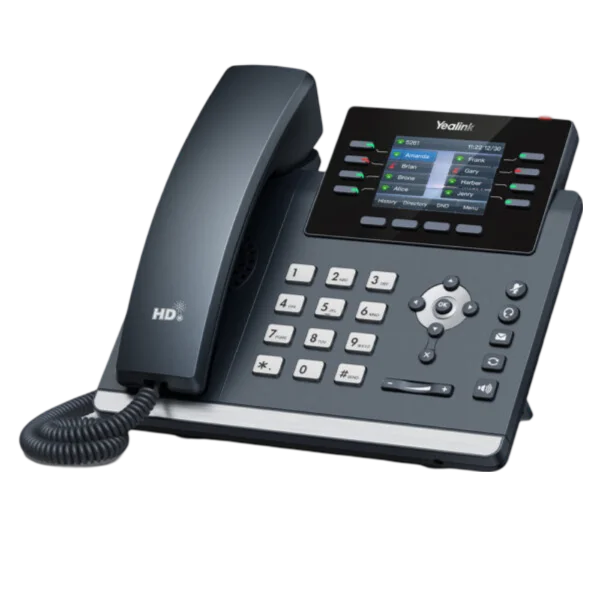 Yealink SIP-T44W – 1301213
Yealink SIP-T44W – 1301213  Ubiquiti UACC-Rack-CLV Fixed Shelf
Ubiquiti UACC-Rack-CLV Fixed Shelf  Yealink A10-020 – 1203684
Yealink A10-020 – 1203684  Grandstream GRP2602W
Grandstream GRP2602W  Yealink TV-Clip Mount Kit – 330100057001
Yealink TV-Clip Mount Kit – 330100057001  Ubiquiti UACC-GB-Plate-B Gang Box
Ubiquiti UACC-GB-Plate-B Gang Box  Yealink BH70 Dual Teams USB-A – 1208663
Yealink BH70 Dual Teams USB-A – 1208663 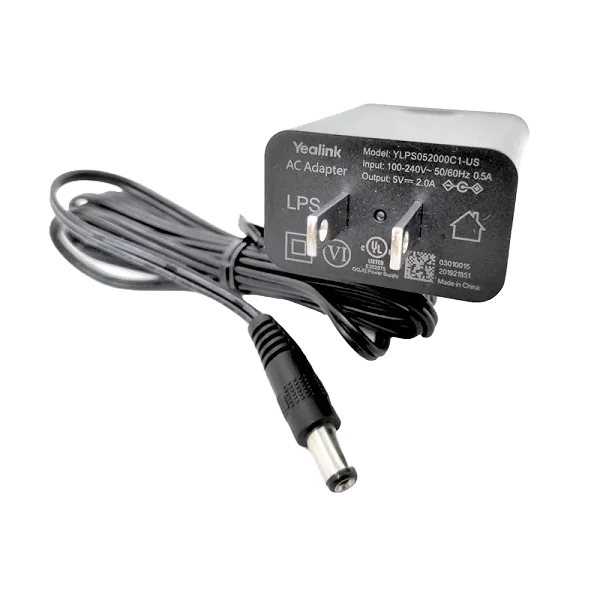 Yealink 5V 2A Power Supply – 330000012027
Yealink 5V 2A Power Supply – 330000012027  Grandstream GRP2616
Grandstream GRP2616 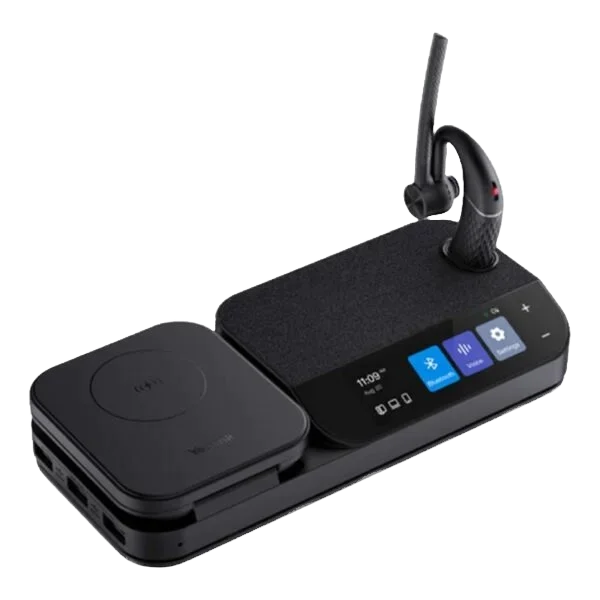 Yealink BH71 Workstation – 1208653
Yealink BH71 Workstation – 1208653 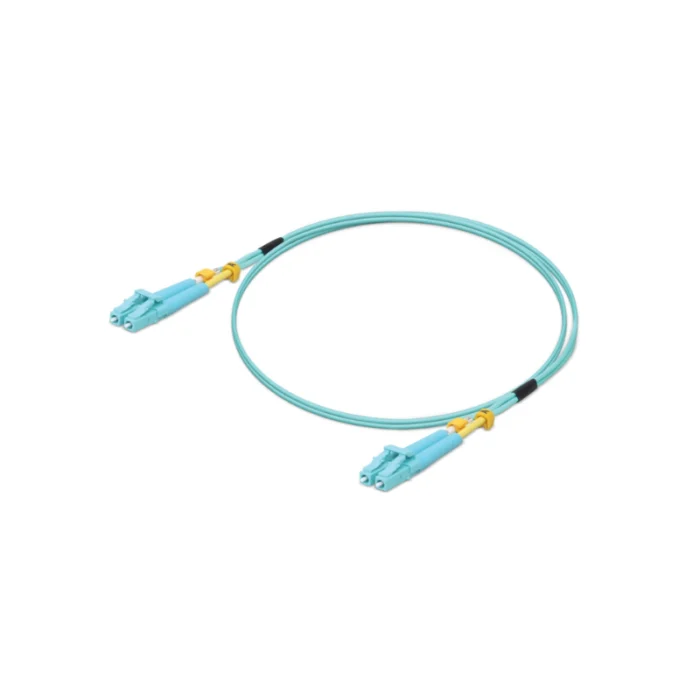 Ubiquiti UACC-OFC-MM-2M 10Gbps LC Cable
Ubiquiti UACC-OFC-MM-2M 10Gbps LC Cable  Grandstream GXP1625
Grandstream GXP1625  Grandstream GXP2200EXT
Grandstream GXP2200EXT